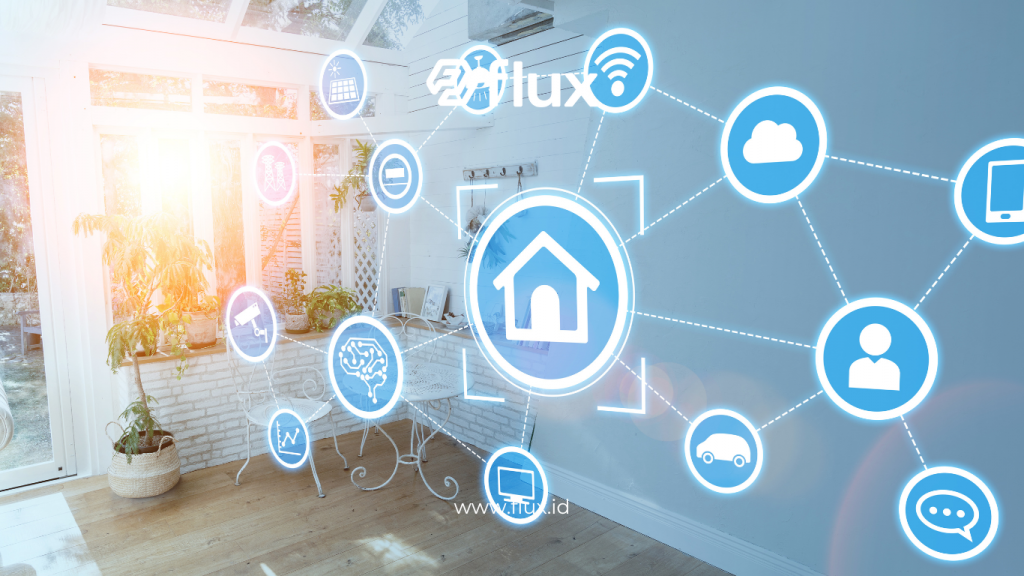Don't miss our holiday offer - 20% OFF!
Smart homes have become an increasingly popular part of modern technology. By integrating the Internet of Things (IoT), smart homes enable devices to connect and communicate with each other, offering convenience, energy efficiency, and enhanced security. However, alongside these conveniences are a series of challenges that should be understood before fully adopting IoT technology in a home environment.
Contents
What Is IoT and a Smart Home?

Read More: Smart Home IoT Technology: Intelligent Solutions for Everyday Life
Definition of IoT
The Internet of Things (IoT) refers to a network of interconnected devices that gather, share, and analyze data via the internet. In the context of smart homes, IoT enables various devices, such as thermostats, lighting, and security cameras, to be controlled remotely and adjusted according to user preferences.
Concept of a Smart Home
A smart home is a system that utilizes IoT devices to optimize various household functions, from automated lighting to security systems. With connected devices, users can monitor and control their homes from anywhere with just a smartphone or another smart device.
Benefits of IoT Integration in Smart Homes

Read More: Artificial Intelligence and IoT: Transforming an Ordinary House into a Smart Home
- Convenience and Ease of Use
- An integrated automated system provides convenience for homeowners to control various aspects, such as lighting, air conditioning, and security systems, from a single app.
- Scheduling functions allow devices to operate automatically based on user needs, enhancing daily routines.
- Energy Efficiency
- IoT devices in smart homes can help save energy, such as by controlling air conditioning and lights. Some devices even have sensors to detect the presence of people, automatically turning off when the room is unoccupied.
- With better control over energy consumption, homeowners can also reduce electricity costs.
- Enhanced Home Security
- Technologies like smart cameras, automated locks, and motion detectors make homes safer. Users can monitor their homes in real time from a distance, reducing the risk of theft and break-ins.
- Some security systems also allow instant alerts if suspicious activity is detected.
- Ease of Remote Monitoring
- Monitoring features enable homeowners to check the condition of their homes from anywhere. This is particularly useful when traveling or being away from home.
- Certain devices, such as automatic irrigation systems, allow for monitoring and control so users can conserve water when not at home.
Challenges in Implementing IoT for Smart Homes
- Data Security and Privacy Issues
- One of the biggest challenges is data security. IoT devices often collect personal user data, and if not well-protected, this data can be hacked or misused.
- Users need to ensure that their devices have adequate encryption and security protection.
- Device Compatibility Limitations
- Not all IoT devices are compatible with each other. Compatibility issues can arise when users attempt to integrate devices from various brands.
- It’s important to choose devices that support the same communication protocol to ensure the system operates optimally.
- High Implementation Costs
- The cost of purchasing and installing IoT devices is often high, especially for users seeking complete integration throughout the home.
- Aside from initial costs, there may also be subscription fees for certain services or updates.
- Internet Network Limitations
- The performance of a smart home system relies heavily on internet network quality. If the internet connection is unstable, users may face difficulties controlling devices remotely.
- To address this, a smart home should be equipped with a reliable internet connection and backup power in case of outages.
- Complexity of Setup and Use
- Many IoT devices require complex installation and configuration, which can be challenging for non-technical users.
- Some users may find it difficult to understand the technical settings needed for the system to operate as expected.
Tips for Optimizing IoT Use in Smart Homes

Read More: Smart Home Revolution: Implementing IoT for Comfort and Security
- Choose Compatible Devices
- Select devices that support the same communication protocol, such as Wi-Fi, Zigbee, or Z-Wave, to simplify integration.
- Whenever possible, use products from the same ecosystem, as they are easier to integrate and control.
- Consider Data Security
- Always use strong passwords and consider using devices with data encryption.
- Avoid purchasing inexpensive devices without security certification, as they may be weak points in the security system.
- Adapt to Your Needs
- Avoid installing IoT devices in every area of the home if not needed. Focus on devices that best suit your needs and routines.
- Before adopting new devices, consider both the costs and benefits.
- Choose Providers with Excellent Support
- Choose products that provide strong technical support. With reliable support, users can get help if issues arise in the system.
- Select providers that offer regular firmware updates to ensure devices remain safe and optimized.
- Prepare Backup and Recovery Systems
- Set up backup power systems like a UPS (Uninterruptible Power Supply) and data storage systems to prevent data loss in case of device issues.
Conclusion
The integration of IoT in smart home systems offers numerous benefits, from easy control to increased energy efficiency and security. However, users should consider challenges such as data security, device compatibility, and implementation costs. By choosing the right devices, prioritizing security, and tailoring solutions to their needs, IoT integration in smart homes can be an innovative solution to improving quality of life.





